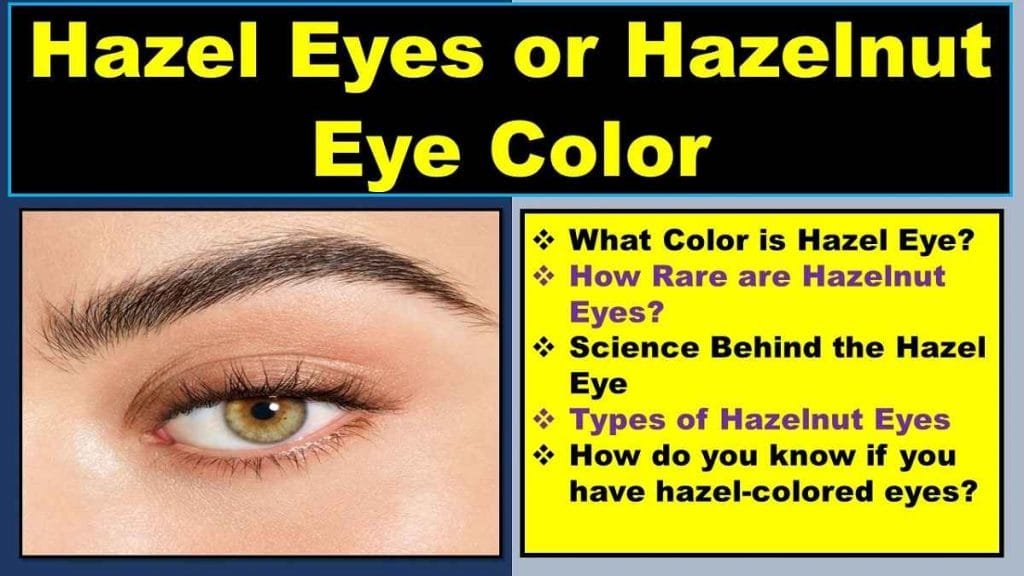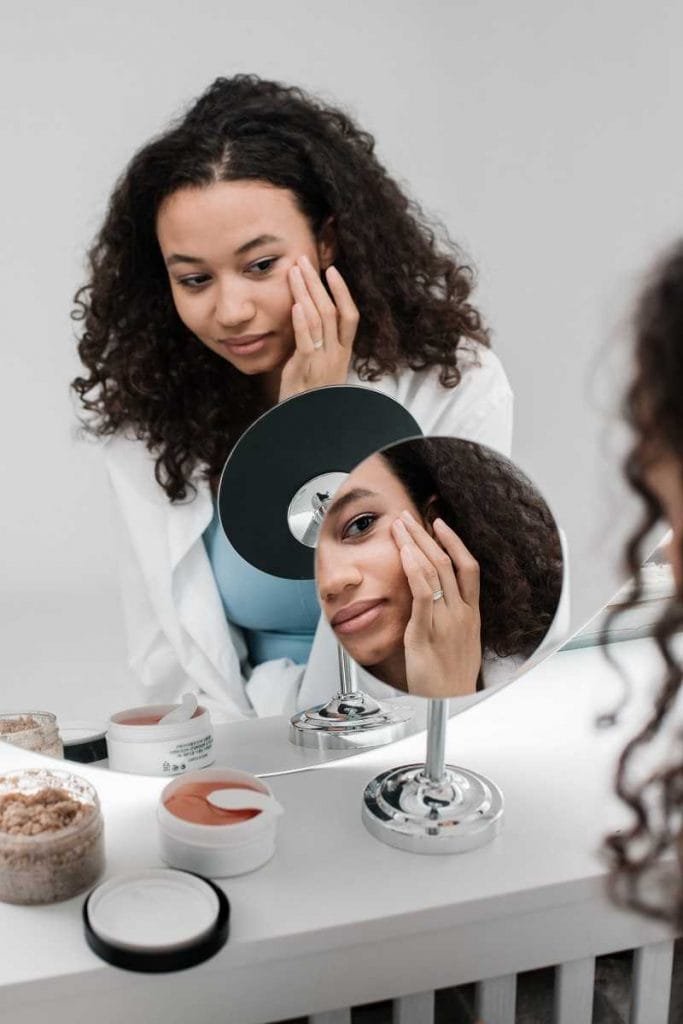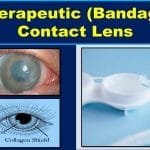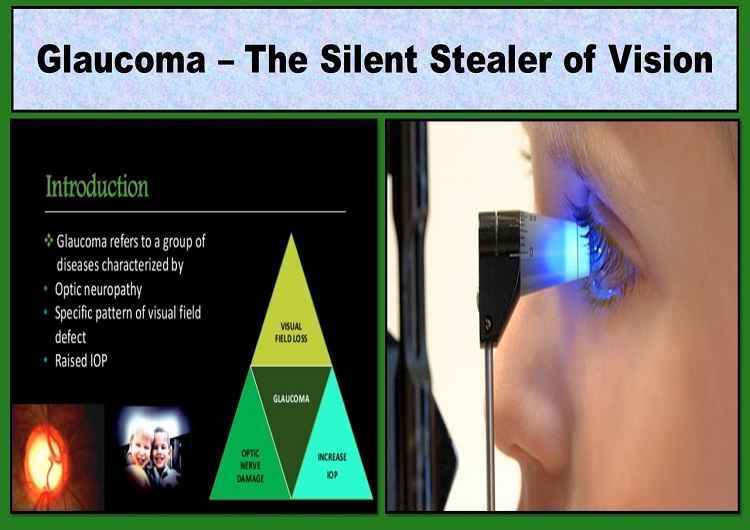This very topic, yes, the one you’re reading now will talk about what colors are hazel eyes, the genetics of hazelnut color eye, types of hazel eyes, and interesting facts about hazel eye color. You will also learn how to know if you have hazel-colored eyes.
When it comes to eye color, the most common are blue, brown, and green. About 97% of Caucasian people have these three colors in their eyes.
However, there is one other color that appears frequently on the eye, but not as often in the population: hazel eyes or hazelnut color eyes. But what exactly is hazel eye color? Is it even a real eye color? Let’s find out the answers you’re looking for!
What Color is Hazel Eye?
Hazel eyes, or hazelnut color eyes, with brownish-yellow colors and variations, are among the most desired ones for many people. That is because hazel eye color has been said to be the most enchanting to the human eyes.
Hazel eyes are eye colors that range in color from a light brown to a golden yellow. People with hazel eyes also possess flecks of gold and green.
Hazel eyes color can be found in people who have both blue and brown eyes, which means there must be more to it than just the two basic colors of blue and brown found in most of the eyes.
Hazel eye color is not a constant color but depends on the density of melanin. The number of different variations of hazel eyes is huge and there are numerous factors that determine the type of your hazel eye color. That’s why the hazelnut eyes color is known as ‘The Eye Color Chameleon’.

How Rare are Hazel Eyes or Hazelnut Color Eye?
After knowing a little bit about hazel eye color, you might be interested to know a bit more about how common or rare hazel eyes are, and people of which part of the world have these beautiful eye colors.
The hazel eye color is not as rarer as the green eyes (the rarest eye color) but is rarer than blue eyes. Around 5 percent of the world population has hazel eyes.
The rarest eye color or the green eyes accounts for only 2 percent of the eye colors whereas the blue eyes are found in 8-10 percent of the global population. Some people believe that the rarest eye color is grey eyes color as it is noticed in only 1 percent of the total global population.
The majority of the eye colors are dominated by the brown color that accounts for around 80 percent of the total population.
Although fewer incidences of hazel eyes are seen around the world, they are most common in the population of Spanish, Middle Eastern, Brazilian, and North African origin.
Hazelnut eyes color is commonly found in Caucasian people as there is a mix of the population with blue eyes, green eyes, and brown eyes.
Science Behind the Hazelnut Eye Color
Scientists used to believe that only two genes are responsible for eye colors. These two genes that were supposed to create eye colors were the gene for brown color or the dominant gene, and the gene responsible for blue color or the recessive gene.
But with advancement in science, new discoveries have failed those old beliefs regarding eye colors. Later, it was found that not only two but as many as 16 different genes contribute to eye colors.
It means the normal law of genetics that was believed before is a complete failure. According to the law of genetics, kids of both parents with brown eyes should have brown eyes only, with no chances of having other colored eyes, such as blue, green, grey, or hazel.
Likewise, the baby of parents with blue eyes should hold chances of having blue eyes only. But in reality, that’s not the case.
Although the mystery of eye colors in human beings is still not clear, it is confirmed that not only the genes, other factors are also responsible for eye colors, the main factor among them is the melanin pigment, its distribution, and density in the iris of the eye.
Those who acquire the higher quantity of melanin pigment in the iris have brown eyes, those who have a lower quantity of melanin have blue eyes, and those with a moderate amount of melanin that is not evenly distributed in the colored part of the eye or iris possess hazel eyes.
It is found that the newborn has a lesser amount of melanin in the iris, which goes on to increase within a few months of birth.
The Caucasian babies with blue eyes at the time of birth will possess green or hazel eyes later due to the accumulation and distribution of more melanin pigment in the iris.
Likewise, African, Asian, or Hispanic babies that are born with more melanin pigments have brown eyes, and later with an increased quantity of melanin will have dark brown eyes.
Absorption and Scattering of Light Responsible for Hazel Eyes
Although the amount of melanin pigment is a key player that is responsible for eye color, another important factor related to melanin is the absorption and scattering of light.
When the iris possesses an even distribution of melanin, the uniform light absorption and scattering happens, resulting in uniform eye colors are seen such as brown, blue, or green eyes. But, the uneven or patchy dispersion of color pigment leads to uneven absorption and scattering of light by the melanin. Here lies the mystery of hazel eyes or hazelnut color eyes.
The iris margin towards the pupil with a higher concentration of melanin absorbs more amount of light and scatters less light, giving the characteristic brown or golden appearance.
On contrary, the iris area towards the periphery with less melanin concentration absorbs less light and scatters more amount of light, resulting in blue or green color.
That is why the amount and distribution of melanin in the hazel eyes that cause a varied amount of light absorption and scattering gives rise to hazelnut eye color.
Factors that Affect the Hazel Colored Eyes
Unlike brown and blue eyes, hazelnut eye color is vastly influenced by numerous factors. Some of the most common factors that are responsible for changing hazelnut eye color are:
- The amount of melanin pigment in the colored part of the eye or iris
- The distribution of the color pigment or melanin in the iris
- Scattering of light by the melanin pigment
- Surrounding colors and the lighting condition
If you are a spectacle wearer, the reflection of light from the eyeglasses also affects the appearance of the hazel eye color.
To minimize the effect of annoying reflection from the glasses, use anti-reflection coating (ARC) so that the person in front of you will notice the enchanting beauty of your hazel eyes.
Types of Hazel Eyes
Although there are no distinct classes or types of hazelnut eyes, they are broadly categorized as light hazel eye color, dark hazelnut color eye, green hazel eyes, and brown hazel eyes.
Light Hazel Eyes
The color and lighting condition of the surrounding has a greater effect in the dark hazel eyes, but they have less effect in light hazel eyes. When you notice the eye color in normal lighting conditions, the natural color of the hazel eye is light hazel with proportionate hues of green, blue, and brown.
But with the change in surrounding color, there is an effect of that color in hazel eyes. For example, the surrounding green object gives greenish looks to your eye color.
Dark Hazel Eyes
It is noticed that dark hazel eyes are rare than light hazel eyes. It is so because of the dramatic color change that happens in dark hazel eyes more often than the light hazel eye color.
Some people found that dark hazel eyes look brown in dark, yellowish in sun, and rarely green (mostly when crying). As a result, most people don’t realize that their eye color is dark hazel.
Green Hazel Eyes
Under normal lighting conditions, the hazel eyes have some hues of green color. But, due to the prominent hue of brown light, the hazel color appears to be brownish.
The shift in color from brown or light green to dark green happens to hazelnut eyes when there is green light or objects with green color (like a bright green curtain) in the surrounding.
Brown Hazel Eyes
Some people consider hazelnut eye color and brown eye color as the same category color, but they are different colors. Brown eye has one solid hue of brown color, whereas the hazel eye color has mixed shades of green, brown, and/or gold.
The lighting condition creates this confusion because the hazel eyes appear to be light brown in low light conditions.
But, as we have mentioned earlier, hazelnut color eyes are more diverse in color than brown eyes.
Have you ever wondered if changing your eye color with hazel contacts is possible?
If you have brown eyes, blue eyes, grey eyes, or green eyes and have always wanted hazel eyes, there’s good news. Contact lenses allow you to change your eye color without permanent surgery.
Hazel contacts won’t change the natural color of the eye, but they change the appearance of the eye color.
There are many brands to choose from and they come in a variety of colors, with options available from light hazelnut color to dark hazel.
Hazel contact lenses are commonly used in the film industry, Halloween parties, and other occasions to change the color of the eyes.
If you want to make your light brown eyes a dark hazel color, you can do so with an opaque tint. Likewise, very light eyes need to go for enhancement tint to get hazelnut color eyes.
The best hazel contacts option for the dark brown eye is the opaque tint that can mask the natural dark appearance of the dark brown eye.
Always remember to get contact lenses, either clear contacts or colored ones, with the contact lens prescription given by the optometrist.
Colored contact lenses not only make your eyes look beautiful they also give your clear vision but only if you take proper care of them.
How do You Know If You Have Hazel Eyes?
Have you ever wondered if you have hazelnut colored eyes? It can be hard to tell what color your eyes are, but there is a method to make sure you have hazel eyes.

Here’s how: You’ll need a mirror and a white background. The actual mirror is better than using your cell phone, which can alter the colors.
Hold the mirror close to your face so that you can clearly see just one eye (it’s best to use natural light, not artificial light like an incandescent bulb).
If you see uniform solid color like brown or blue, it’s not hazel eye color. If your eyes possess a solid copper or yellow-gold color, with very little green, then they are amber eyes, not hazel colors.
The Hazel eyes have a mixture of green and brown with small amounts of gold. If the majority of your iris is green, with a golden ring around it, you have hazelnut eyes!
Popular Celebrities with Hazel Eyes or Hazelnut Color Eyes
Angelina Jolie – American actress, and filmmaker
Ben Affleck – American actor, producer, and screenwriter
Demi Gene Moore – American actress
Tyra Banks – American actress, writer, and model
Rihanna – Barbadian singer, actress, and fashion designer
Kevin Jonas – American actor, singer, and songwriter
Mila Kunis – American actress
Lady Gaga – American singer, songwriter, and actress
Shannon Leto – American musician, and songwriter
William Levy – Cuban-American actor, and model
Gregg Sulkin – British actor
Phoebe Tonkin – Australian actress, and model
Denise Milani – Czech p*rnstar
Joe Jonas – American actor, songwriter, and singer
Lily Collins – British-American actress, writer, model, and TV host
Beren Saat – Turkish actress
Dianna Agron – American actress, dancer, singer, and director
Shailene Woodley – American actress, and film producer
Camilla Belle Routh – American actress, director, and producer
Adam Levine – American singer, and songwriter
Sophia Loren – Italian actress
Stana Katic – Canadian-American actress and film producer
Olivia Munn – American actress, model, and TV presenter
Josh Hutcherson – American actor and producer
Elliot Page – Canadian actor and producer
Sophia Anna Bush – American actress, director, and producer
Ryan Reynolds – Canadian-American actor, and film producer
Rachel Anne McAdams – Canadian actress
Summary
The bottom line is hazelnut eyes can appear green, blue, or even brown. Its color changes with the weather, surrounding colors, and the way light hits your eye.
Hopefully, with what you’ve read here and elsewhere, you now have a better idea of what causes hazelnut eyes, along with the different types, myths, and interesting facts related to hazelnut color eyes.
Luckily, they aren’t that difficult to understand at all. All you need to remember is that hazelnut color causes the iris to appear green when the light shines through it, and brown when it doesn’t.
That’s pretty much it—it just means that your eyes are ever-changing in how they appear, which makes them all the more fascinating.
I hope this helps clear up any myths you may have heard about hazelnut-colored eyes and why they look the way they do.
You may also like
Colored Contact Lenses: Best Colored Contacts Prescription Guide
Contact Lens Comprehensive Gide
What is the Cornea of the Eye?











